One of the best known and most diverse snowdrop species in gardens, Galanthus plicatus has a wide range in the wild, occurring around most of the Black Sea, in Turkey, Romania, Moldova, Ukraine and Russia, though the populations around the west coast, in Turkish Thrace, Romania and Moldova may all be hybrids of one sort or another.
The defining feature of the species is its explicative vernation. That is to say, in bud, the margins of the leaves are folded back on themselves. As the leaves mature, the folding becomes less obvious but the leaves retain a distinctive pleated appearance, which is instantly recognisable, once you get your eye in.

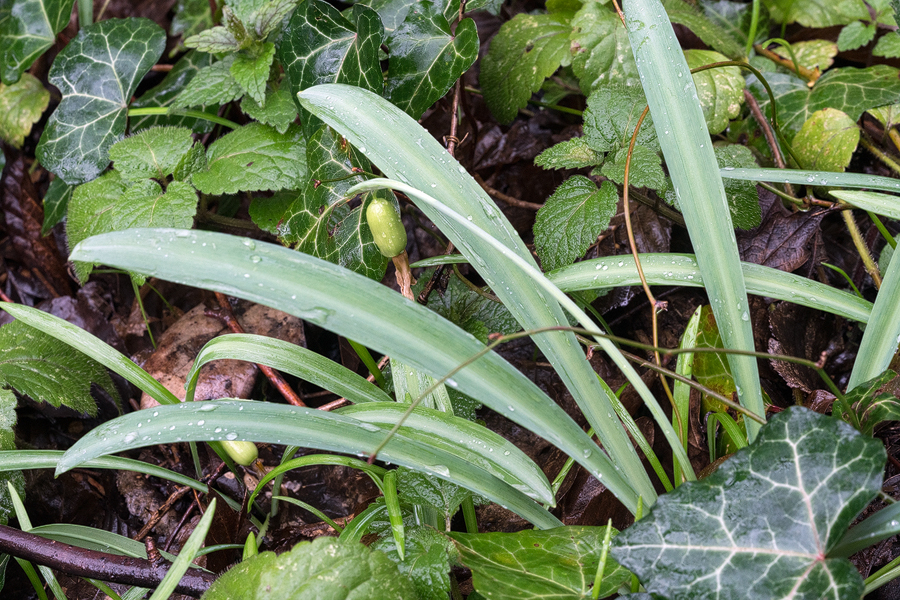
Two subspecies are recognised, subsp. plicatus, which is said to possess a single green mark at the apex of the inner segments and subsp. byzantinus, which is confined to NW Turkey and is said to have an appromimately X-shaped mark, covering most of the inner segment, or a separate basal and apical mark. As we shall see, the distinction between these two subspecies is blurred in actual populations on the ground.
I drove east from the Bosphorus over three days between 3 and 5 March and found that, in this early spring, I was too late to see flowering plants in good condition at the low elevation populations I visited. A few plants were still flowering in all cases, but they were going over. The weather was grim, with low cloud and intermittent rain, which also made it impossible to photograph open flowers on the few plants that were still in good condition. The illustrations accompanying this post therefore leave a lot to be desired!
The first series of populations that I examined was not far east of the Bosphorus and only about 50 kilometres, as the crow (or bee) flies, from the undoubtedly hybrid plants west of the Bosphorus that I wrote about in a recent post. Whether or not the Bosphorus is an effective barrier to pollinators I do not know, but the plants in this population were indistinguishable to my eyes from straight G. plicatus. The vernation was explicative in all cases and the markings on the inner segments were variations on the theme of an apical and a basal mark, sometimes joined to form an ‘X’ or other-shaped mark.
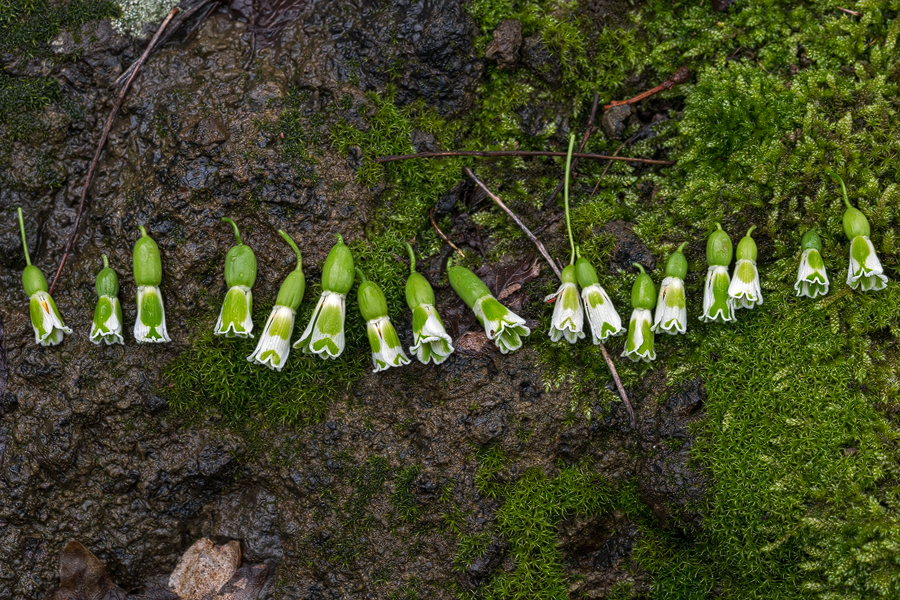
The photograph above illustrates some of the variation in inner segment markings. I did not deliberately select flowers to illustrate diversity but merely picked those that happened to be growing close at hand. No doubt, had I visited the site a few weeks earlier, I would have been able to find more variety still.
These plants were growing in waterlogged, sticky, clay-rich soil at the bottom of slopes, under a canopy of deciduous broadleaf trees, over limestone rocks. Indeed all of the populations of this species that I saw were growing in very wet soil. One commentator on Facebook reported having seen G. plicatus growing happily on flat, flooded land around Lake Abant, with its feet in water.
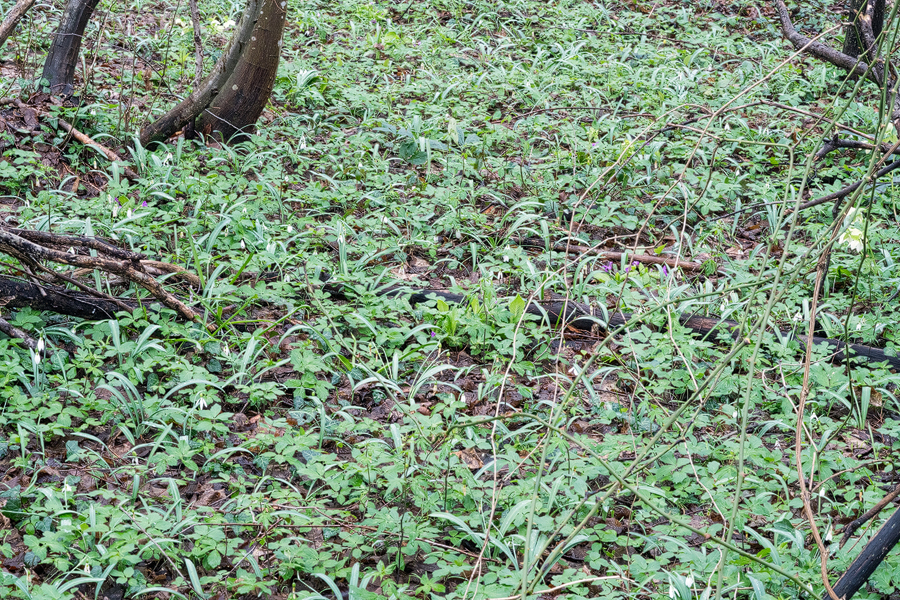
Many of the plants grew singly or in small clumps of two or three bulbs, but bigger clumps were present too. Many plants produced two scapes per bulb. The leaves were long, rather narrow and generally erect.

Further east, in the vicinity of Izmit, I found several large populations at slightly higher elevation (between 200m and 300m) but these too had almost finished flowering. Again I am indebted to Andy Byfield for directing me to the right area to look for plants that he considers ‘true byzantinus’ (in the sense of having no influence from other species). As with the hybrids in Thrace, it will require a detailed, population-level genetic analysis to unravel the ancestry of these plants.
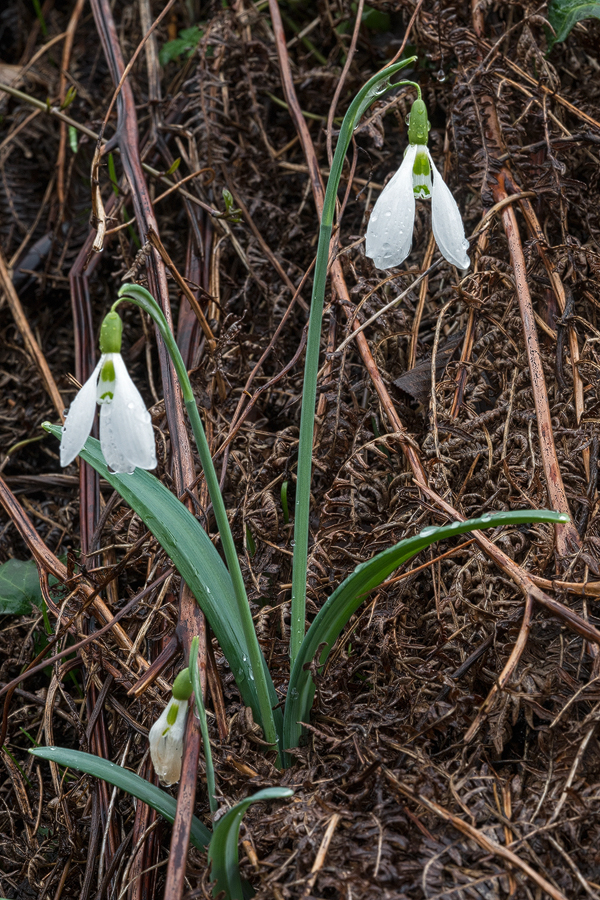

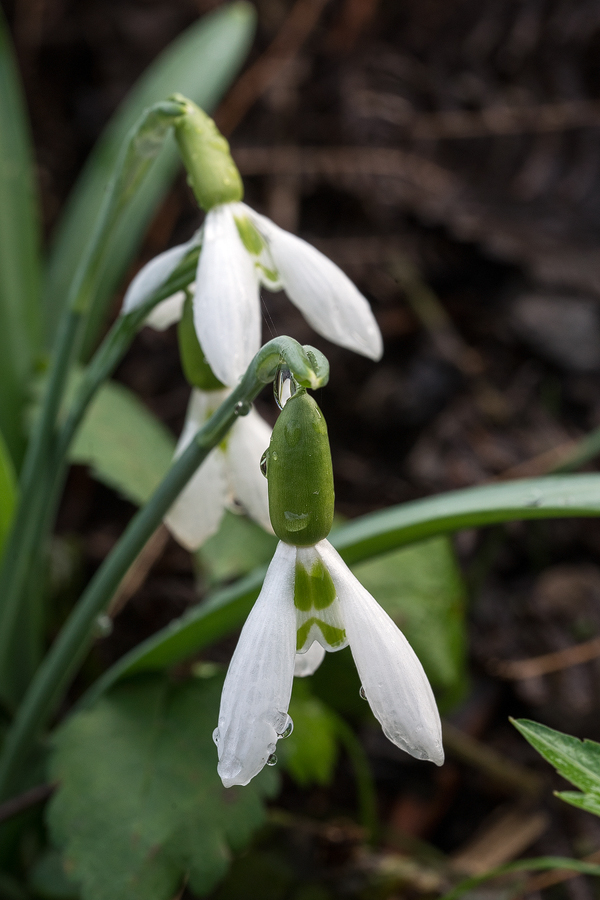
Growing with and flowering at the same time as the snowdrops were Helleborus orientalis and, often, Primula vulgaris subsp. sibthorpii.
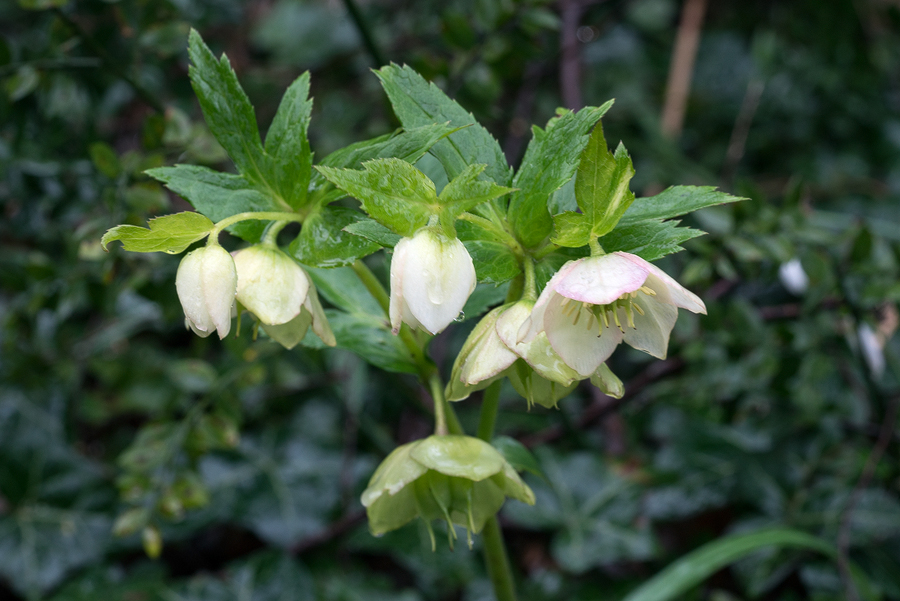
I moved on to Lake Abant, which is at an elevation of 1338m and found that G. plicatus was rather common in the vicinity of the lake, under forests predominantly of beech. There was a simple relationship between elevation and the stage of flowering. The lowest elevation population I saw, at about 800m, was right at the end of its flowering period, whereas those at the highest elevation, 1450m, were in full flower. Presumably, in colder springs, when the snow cover persists longer at these elevations, flowering is much later.
The sun resolutely refused to shine and, indeed, most of the photographs below were taken in brief interludes between spells of rain.
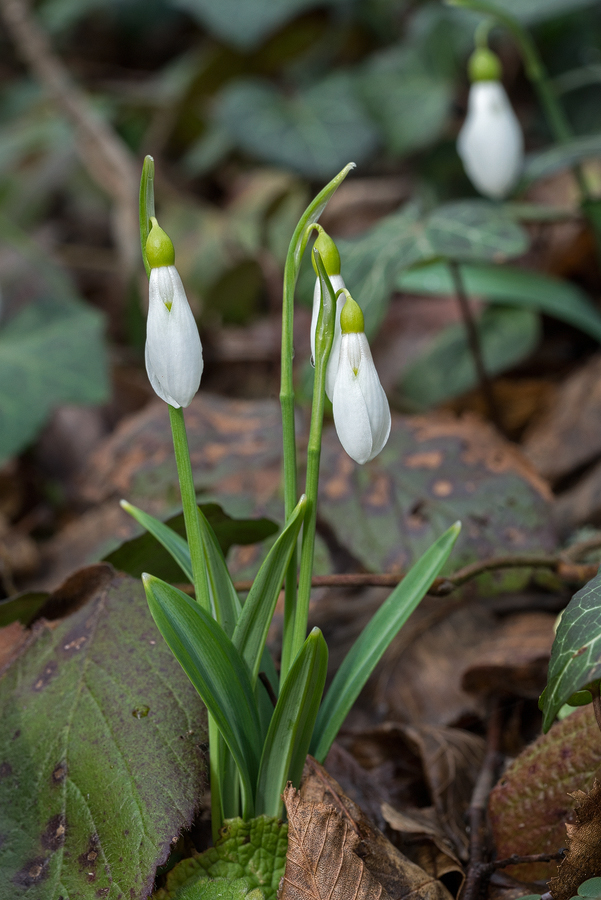
Cyclamen coum was also in full, spectacular flower. Unlike the snowdrops, it was almost ubiquitous in suitable habitats.
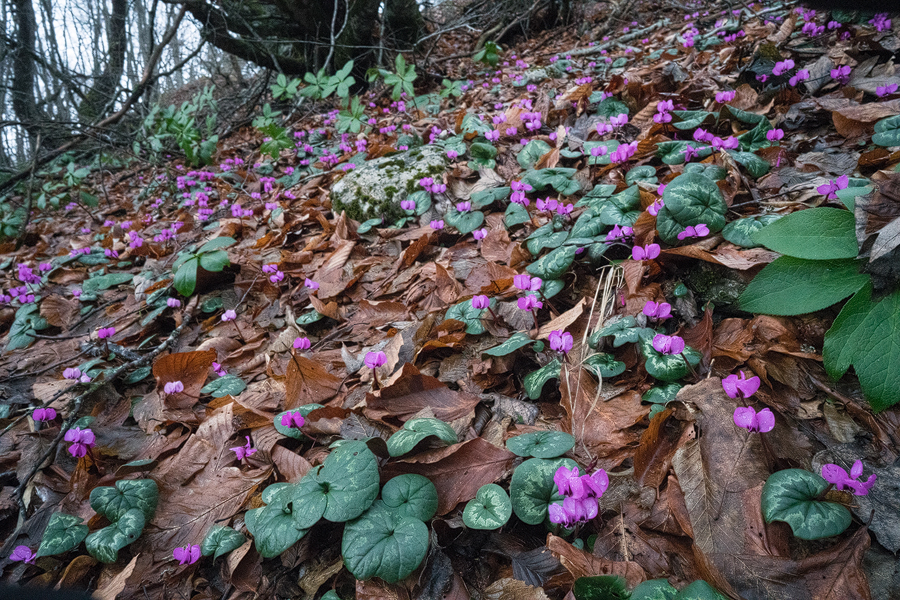

At least one third of the Lake Abant plants had two scapes per bulb and they were vigorous, elegant and, to my eyes, superlatively attractive.
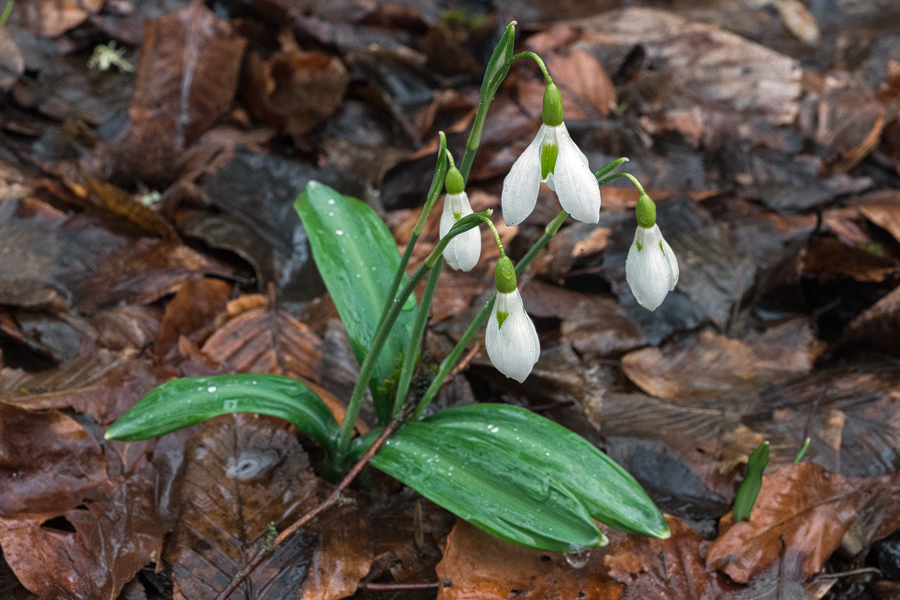
The leaves were up to 3cm wide, generally prostrate and strongly pleated. They varied in colour from blueish to dark green.
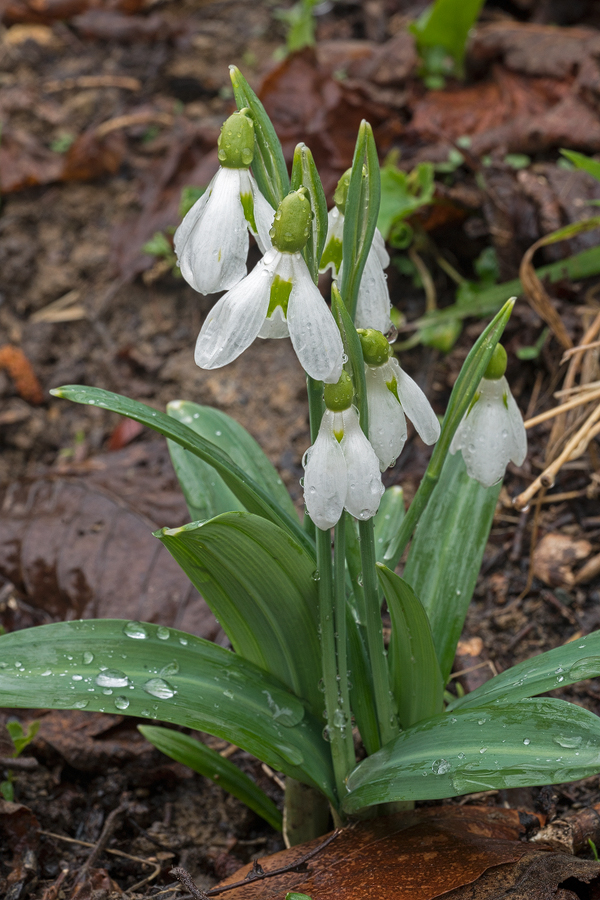
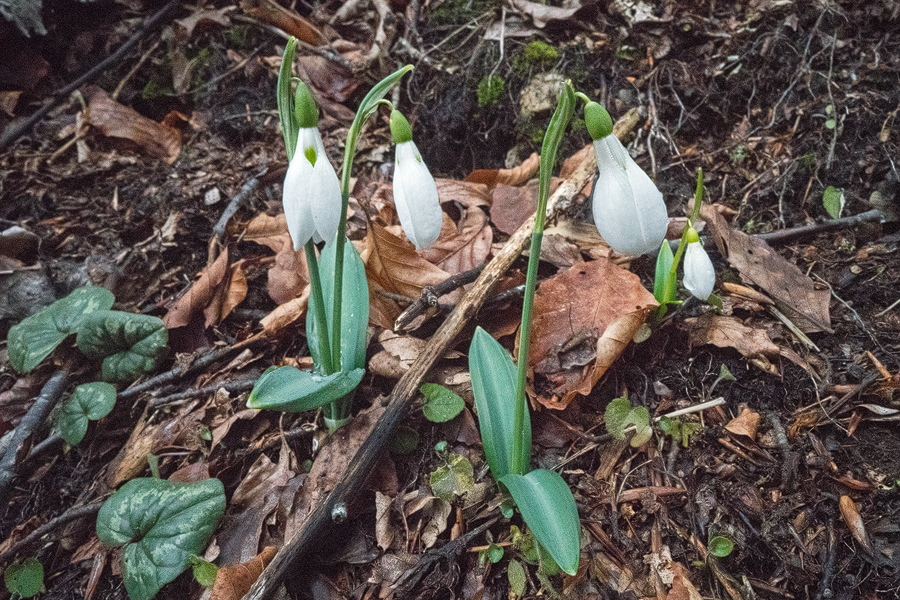
The flowers were typically shaped like a Conference Pear, with rather long claws and a bowed ‘back’. The biggest flowers had outer segments 35mm long.
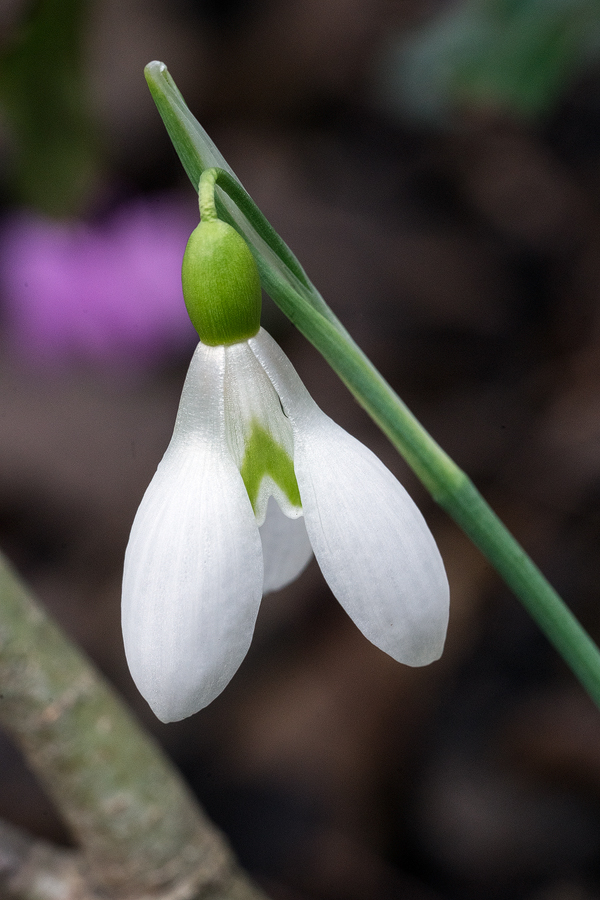
Some of the variation in inner segment markings is illustrated by the photograph below. In this particular population, about three-quarters of the plants had a single apical mark at the apex of the inner segments, most of the others having a very approximately X-shaped mark. Other populations were more varied.
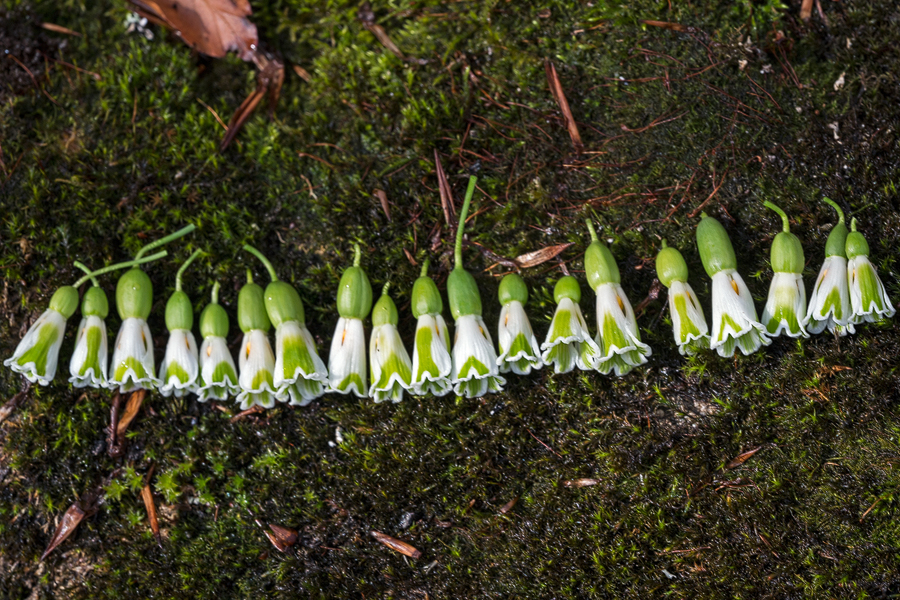
A few days later I tried briefly to find unambiguous populations of G. plicatus subsp. plicatus at Sinop but didn’t succeed in the time available. Being close to sea level they would, in any case, probably have finished flowering.
Finally, I paid a visit to a site from which Nicholas Zeybek described* Galanthus meliae, a close relative or synonym of G. elwesii. This taxon has not been recognised by other experts but Andy and I were both curious to know exactly what made Zeybek think it was distinct enough to merit specific status. At the type locality I found one small population of snowdrops, all but one of which had long-since finished flowering. But this population was unambiguously Galanthus plicatus, which is exactly what one would expect to find in this location, at low elevation, not far from the Black Sea coast.
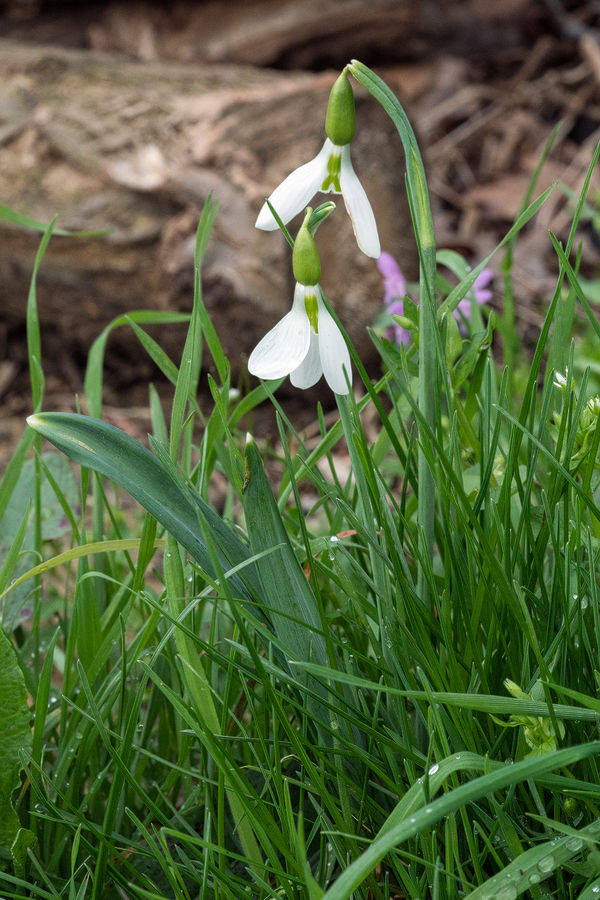
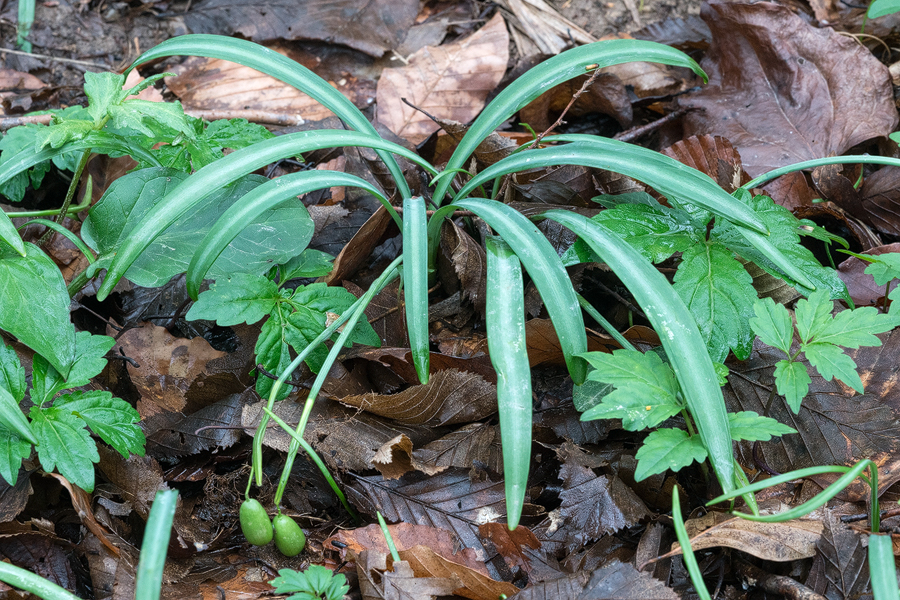
So, unfortunately, the mystery of G. melihae remains unresolved.
*Zeybek, N (1988). Taxonomic investigations on Turkish snowdrops. Turkish J. Bot. 12(1): 89-102 & Zeybek, N & Sauer, E. (1995) Türkiye Kardelenleri (Galanthus L.) I./ Beitrag Zur Türkischen Schneeglöckhen (Galanthus L.) I. – Ege Üniversitesi Basımevi.
